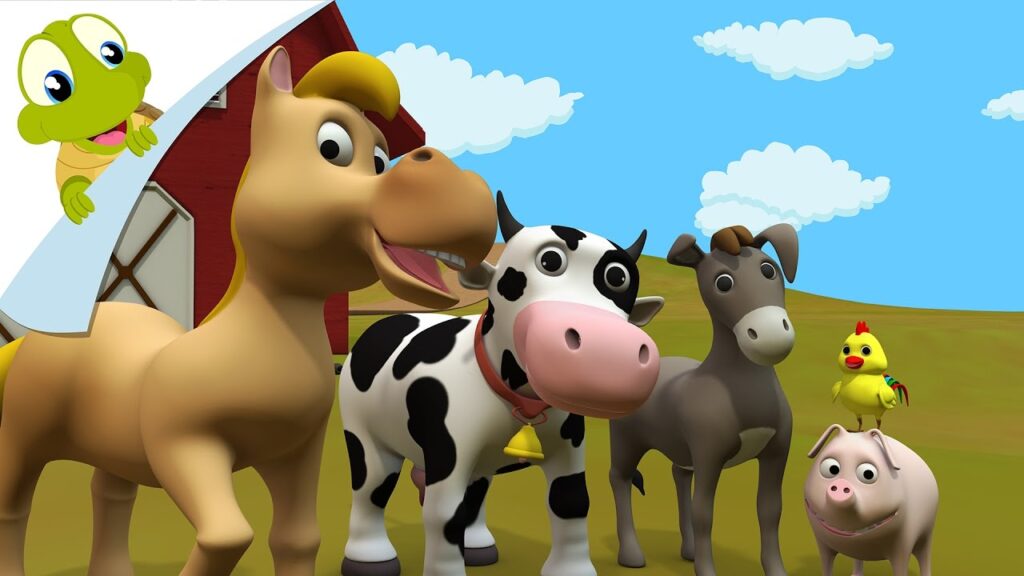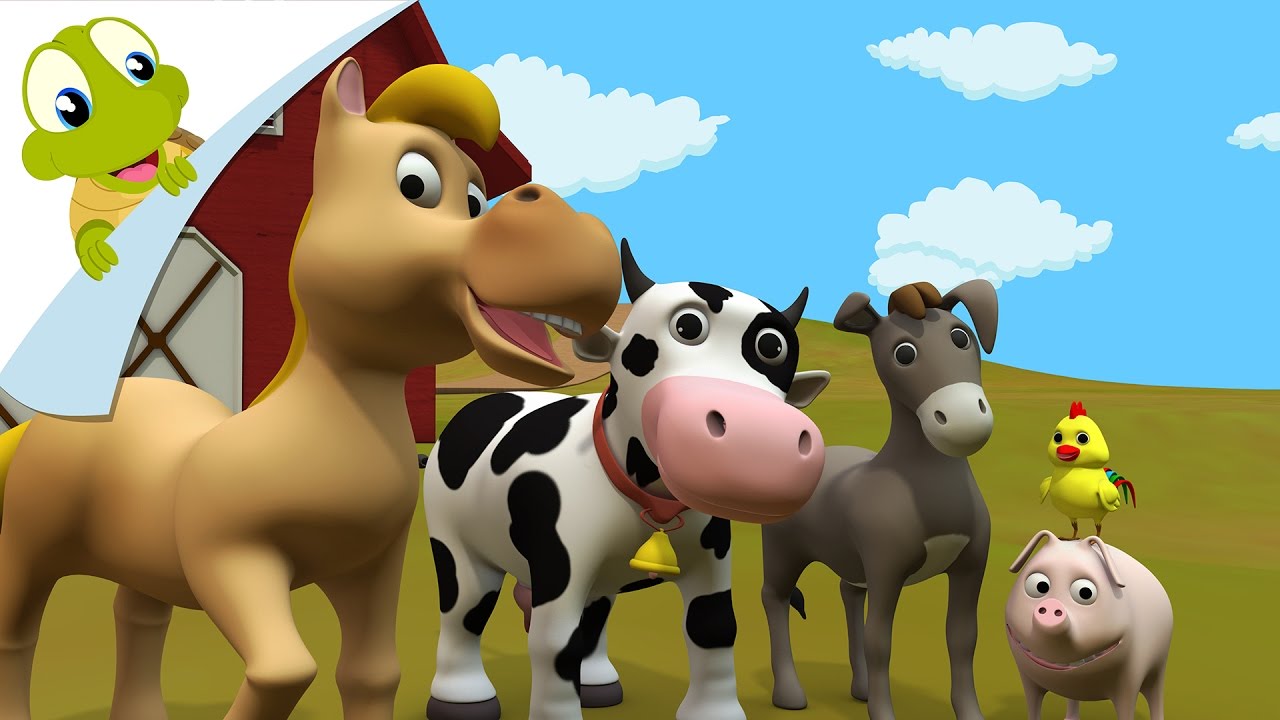
Immersive Animal Sounds 3D: A New Dimension in Audio Experience
The world of audio is constantly evolving, and the latest frontier is immersive audio, particularly in the realm of animal sounds 3D. This technology promises a far more realistic and engaging experience than traditional stereo or even surround sound. By creating a three-dimensional soundscape, users can feel as though they are truly present within the environment where these animals exist. From the rustling of leaves as a deer bounds through the forest to the distant howl of a wolf echoing across the plains, animal sounds 3D transports listeners to a new auditory reality.
What is Animal Sounds 3D?
Animal sounds 3D refers to the use of advanced audio technology to simulate the way sound travels in a real-world environment. Unlike traditional stereo recordings, which create a left-right sound image, animal sounds 3D incorporates height, depth, and spatial positioning. This is achieved through techniques like binaural recording, ambisonics, and sophisticated digital signal processing. The result is an audio experience where sounds appear to originate from specific locations around the listener, creating a sense of immersion and presence.
Imagine hearing the chirping of crickets not just from your left or right, but from the exact spot in the virtual grass where they are located. Or envision the roar of a lion emanating from the front, while the rustling of the savannah grass surrounds you. This is the power of animal sounds 3D.
The Technology Behind the Roar
Several key technologies contribute to the creation of realistic animal sounds 3D experiences:
- Binaural Recording: This technique uses microphones placed within a dummy head or even inside a person’s ears to capture sound in a way that closely mimics how we naturally hear. When listened to through headphones, binaural recordings create a highly realistic 3D soundscape.
- Ambisonics: Ambisonics is a full-sphere surround sound technique that captures sound from all directions. This allows for the creation of highly immersive audio environments that can be experienced through multi-speaker setups or headphones with spatial audio processing.
- Spatial Audio Processing: This involves using algorithms to manipulate sound signals to simulate the way sound waves interact with our head, ears, and environment. By carefully controlling the timing, amplitude, and frequency characteristics of sounds, spatial audio processing can create the illusion of sounds originating from specific locations in 3D space.
Applications of Animal Sounds 3D
The applications of animal sounds 3D are vast and varied. From educational tools to entertainment experiences, this technology has the potential to revolutionize how we interact with the natural world through audio.
Education and Research
Animal sounds 3D can be a powerful tool for education, allowing students to experience the sounds of different ecosystems without leaving the classroom. Imagine learning about the Amazon rainforest by immersing yourself in its rich soundscape, hearing the calls of exotic birds, the buzzing of insects, and the rushing of the river. Researchers can also use animal sounds 3D to study animal behavior, monitor wildlife populations, and assess the impact of environmental changes on ecosystems.
Entertainment and Gaming
The entertainment industry is already embracing animal sounds 3D to create more immersive and engaging experiences. Video games can use this technology to place players in realistic environments, where they can hear the sounds of animals all around them. Imagine playing a hunting game where you can pinpoint the location of a deer based on the sound of its footsteps in the forest. Film and television can also benefit from animal sounds 3D, creating more realistic and engaging soundscapes that draw viewers deeper into the story.
Virtual and Augmented Reality
Animal sounds 3D is a natural fit for virtual and augmented reality (VR/AR) applications. By combining realistic visuals with immersive audio, VR/AR can create truly believable and engaging experiences. Imagine exploring a virtual safari park where you can hear the roar of a lion and the trumpeting of an elephant as if you were actually there. Or using AR to overlay the sounds of extinct animals onto a real-world environment, bringing the past to life in a new and exciting way.
The Benefits of Immersive Audio
The benefits of animal sounds 3D extend beyond mere entertainment. Immersive audio can have a profound impact on our emotional and cognitive states. Studies have shown that listening to realistic soundscapes can reduce stress, improve focus, and enhance memory. For example, listening to the animal sounds 3D of a calm forest environment can help to relax and de-stress, while listening to the sounds of a bustling city can improve alertness and focus.
Furthermore, animal sounds 3D can foster a deeper connection with nature. By allowing us to experience the sounds of the natural world in a more realistic and engaging way, this technology can inspire a greater appreciation for the beauty and diversity of life on Earth. It’s not just about hearing; it’s about *feeling* the environment. The subtleties, the nuances, the spatial relationships – all contribute to a heightened sense of awareness and connection.
Challenges and Future Directions
While animal sounds 3D holds great promise, there are still challenges to overcome. One of the biggest challenges is the cost and complexity of recording and producing high-quality 3D audio. Binaural recording, for example, requires specialized equipment and techniques, and spatial audio processing can be computationally intensive. Another challenge is the need for standardized formats and playback devices. While there are several competing 3D audio formats, there is no single standard that is universally supported. As the technology matures, it is likely that these challenges will be addressed, paving the way for wider adoption of animal sounds 3D.
The future of animal sounds 3D is bright. As technology continues to advance, we can expect to see even more realistic and immersive audio experiences. New techniques, such as wave field synthesis and object-based audio, are already being developed that promise to further enhance the realism and spatial accuracy of 3D audio. We can also expect to see animal sounds 3D integrated into a wider range of devices and applications, from smartphones and tablets to cars and home entertainment systems. Imagine a world where you can experience the sounds of nature wherever you go, simply by putting on a pair of headphones. This is the promise of animal sounds 3D.
Getting Started with Animal Sounds 3D
If you’re interested in experiencing animal sounds 3D for yourself, there are several ways to get started. One option is to download a 3D audio app or game on your smartphone or tablet. Many apps offer a variety of 3D soundscapes, including recordings of animal sounds from different environments. Another option is to purchase a pair of headphones that support spatial audio processing. These headphones use algorithms to simulate the way sound travels in 3D space, creating a more immersive listening experience. Finally, you can explore online resources that offer animal sounds 3D recordings. Many websites and streaming services offer a selection of 3D audio content that you can listen to on your computer or mobile device.
The world of animal sounds 3D is a fascinating and rapidly evolving field. Whether you’re a student, a researcher, a gamer, or simply someone who appreciates the beauty of nature, this technology has something to offer. By immersing yourself in the sounds of the natural world, you can gain a deeper understanding and appreciation for the planet we call home. The realistic animal sounds 3D technology makes it feel as if you’re right there in the wild.
The roar of a lion, the chirp of a cricket, the rustle of leaves – all brought to life in stunning 3D audio. The future of sound is here, and it’s more immersive than ever before. This technology provides truly realistic animal sounds 3D.
[See also: Binaural Audio Recording Techniques]
[See also: The Future of Immersive Sound Design]
[See also: Wildlife Sound Recording for Conservation]

